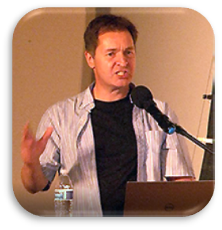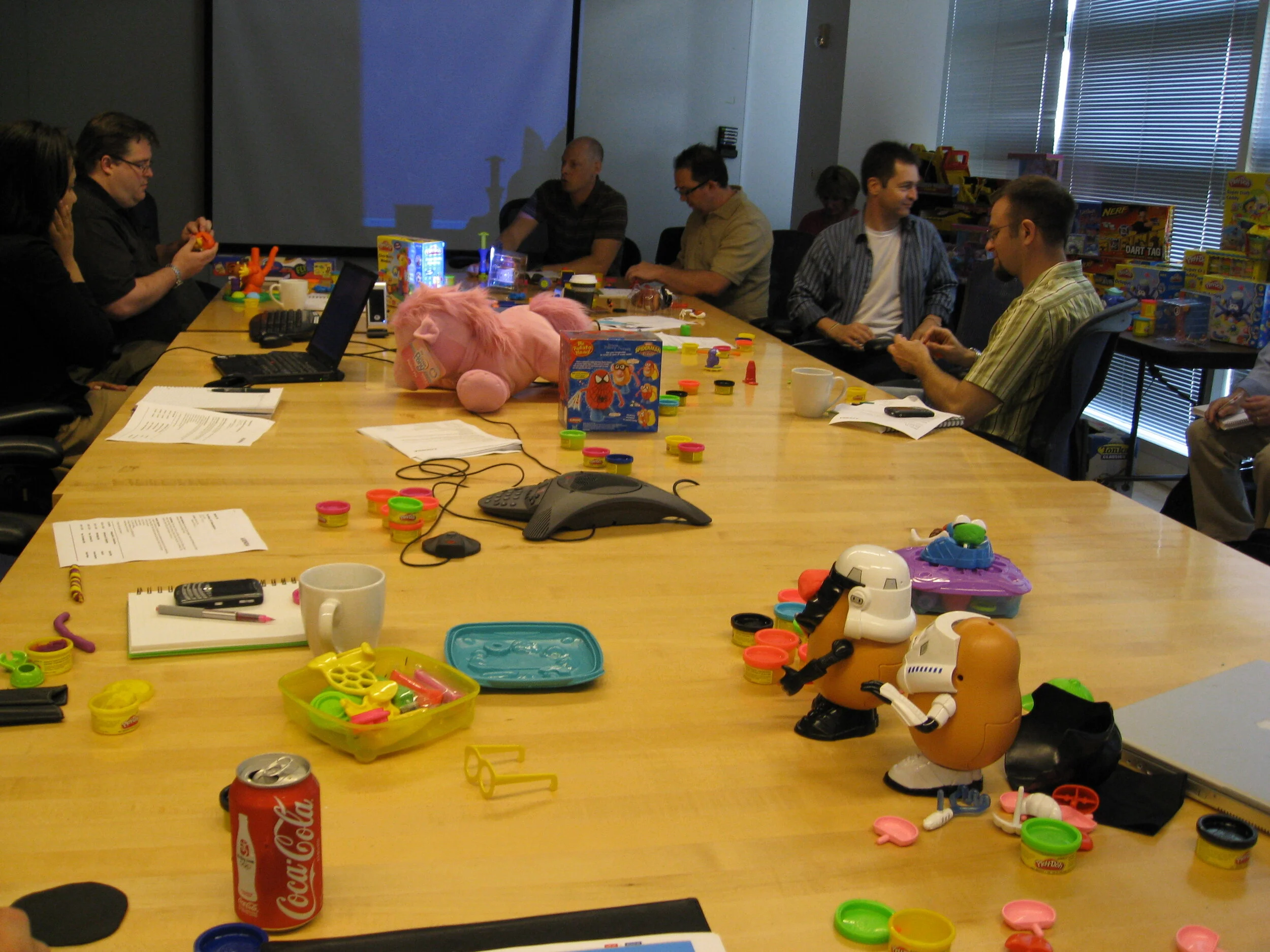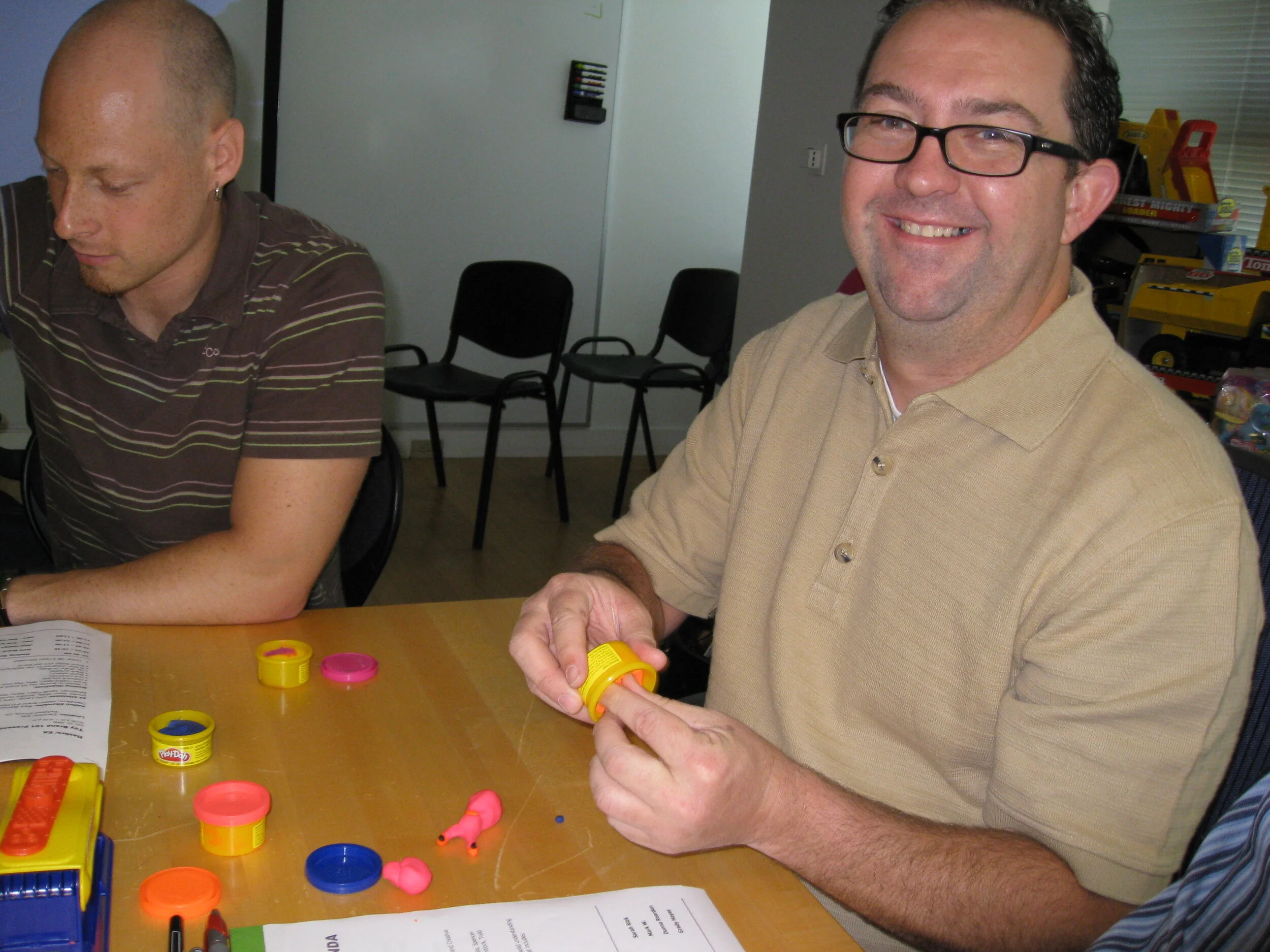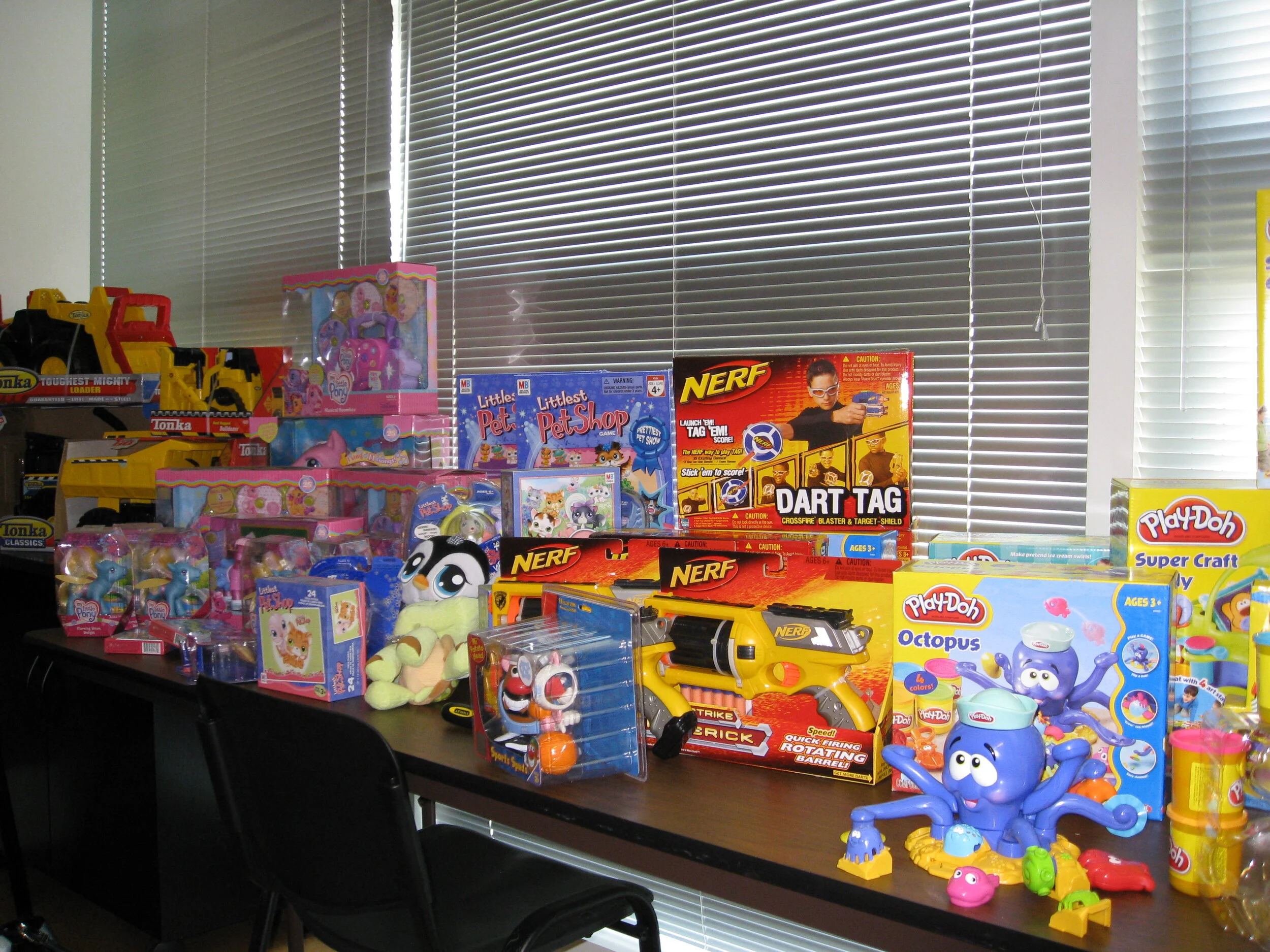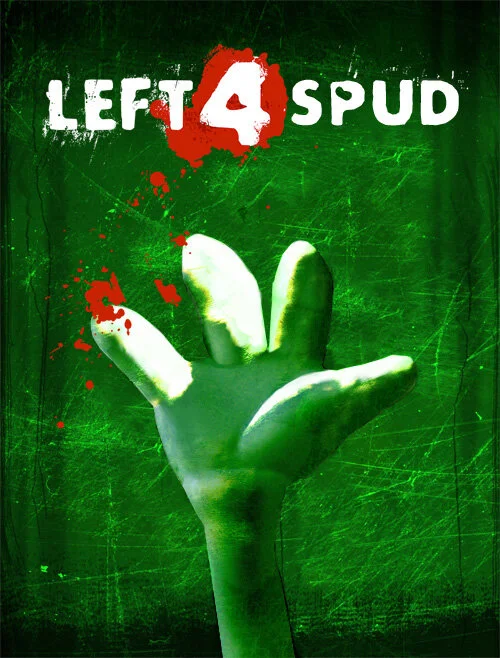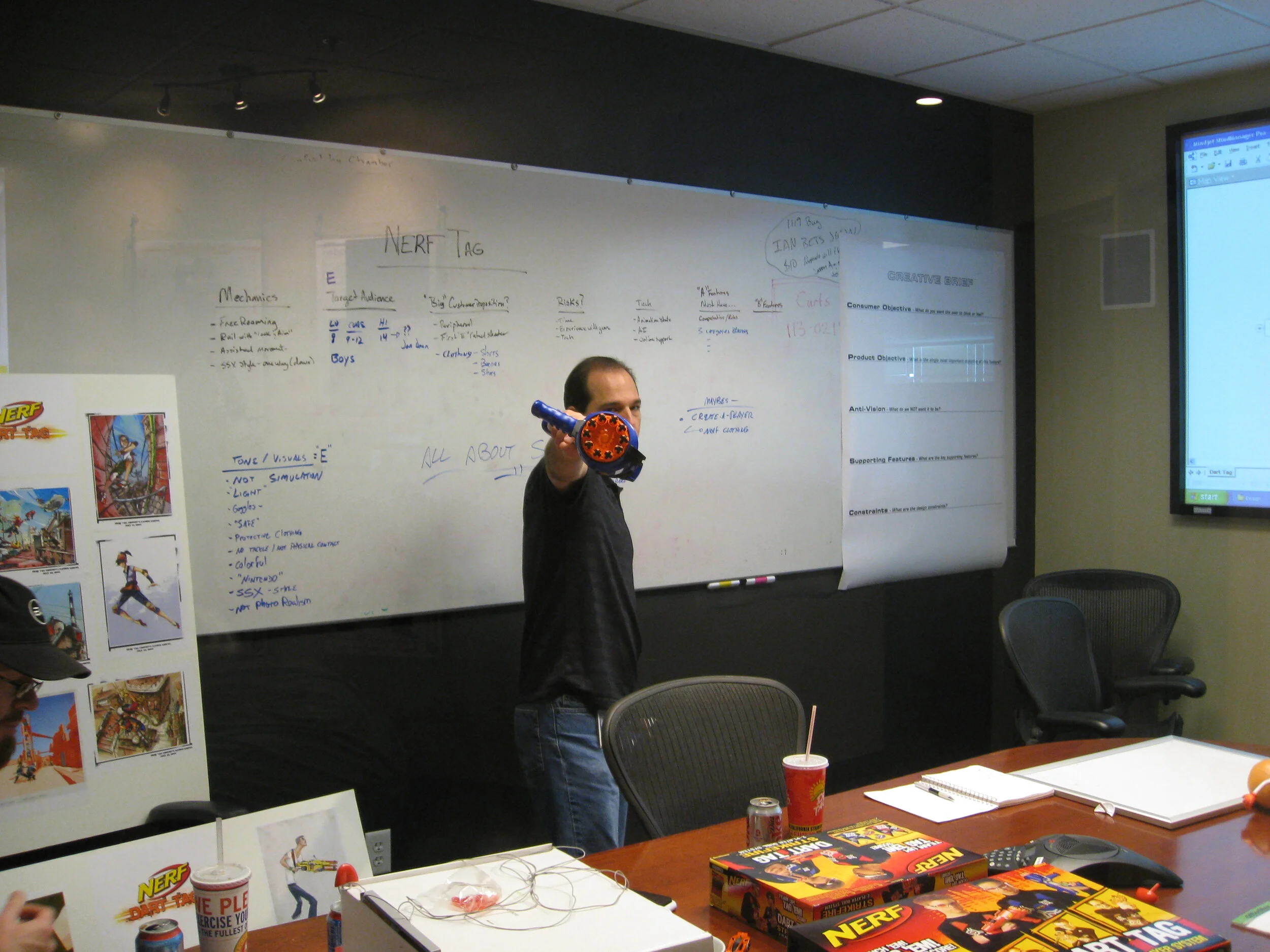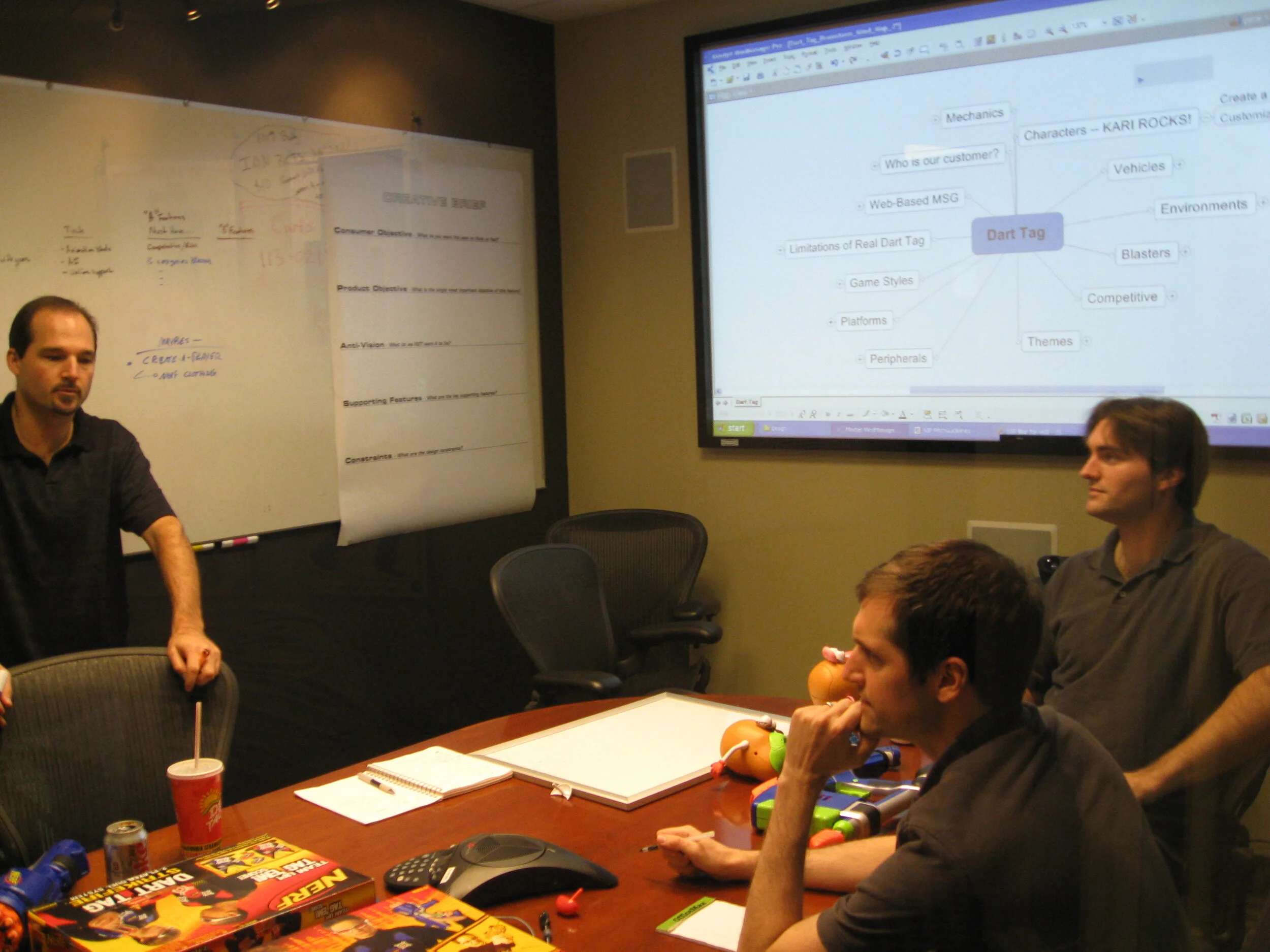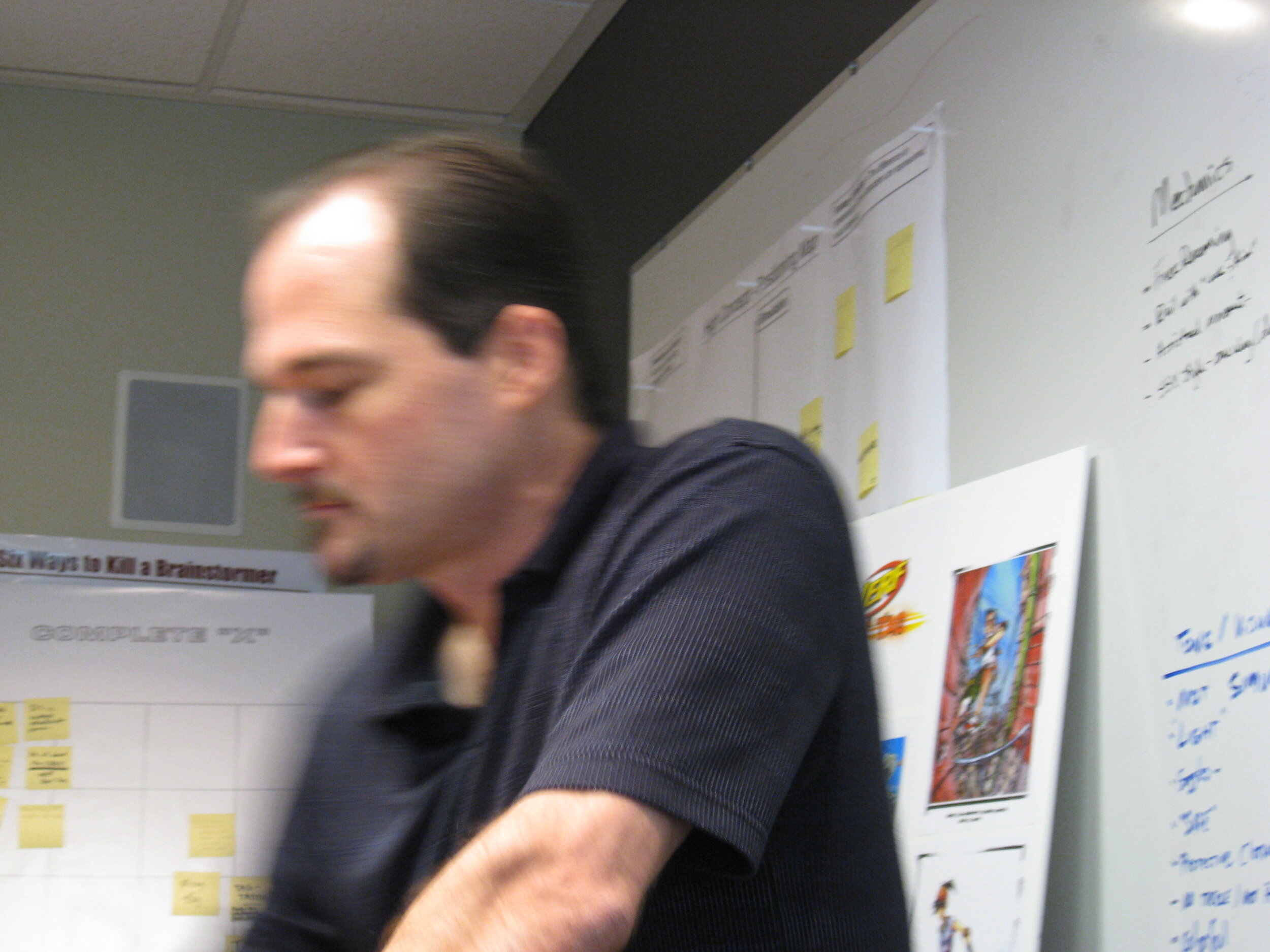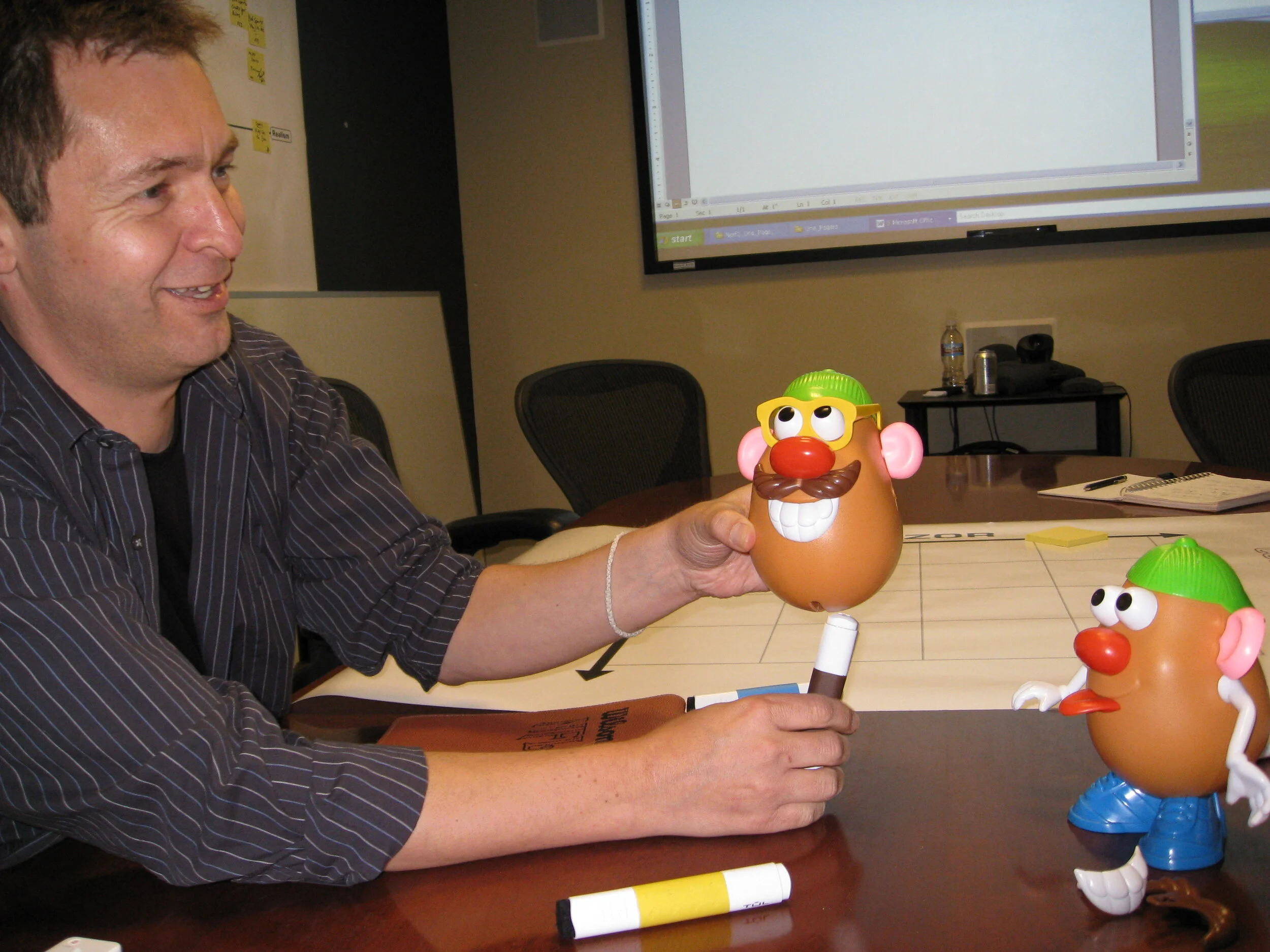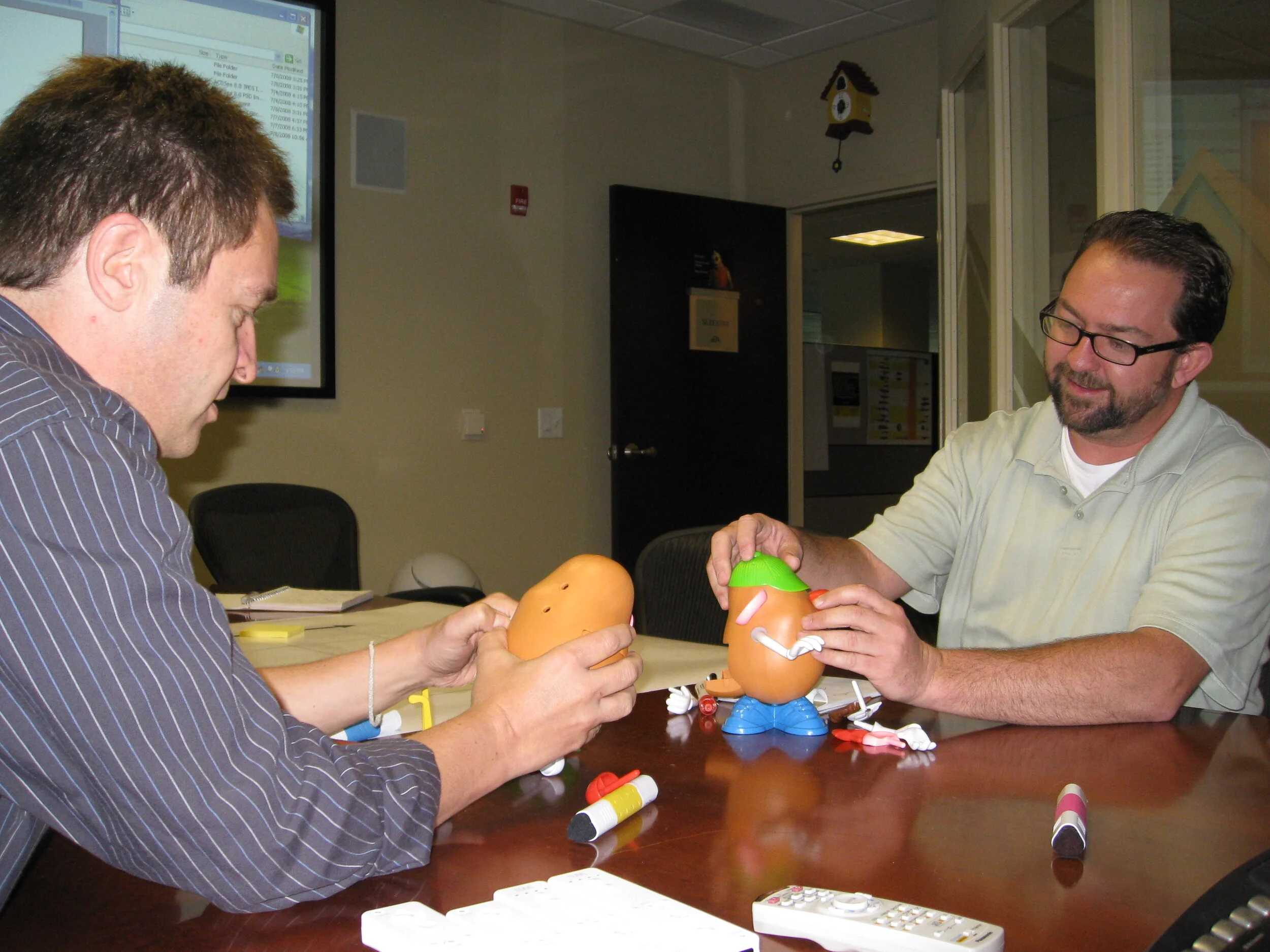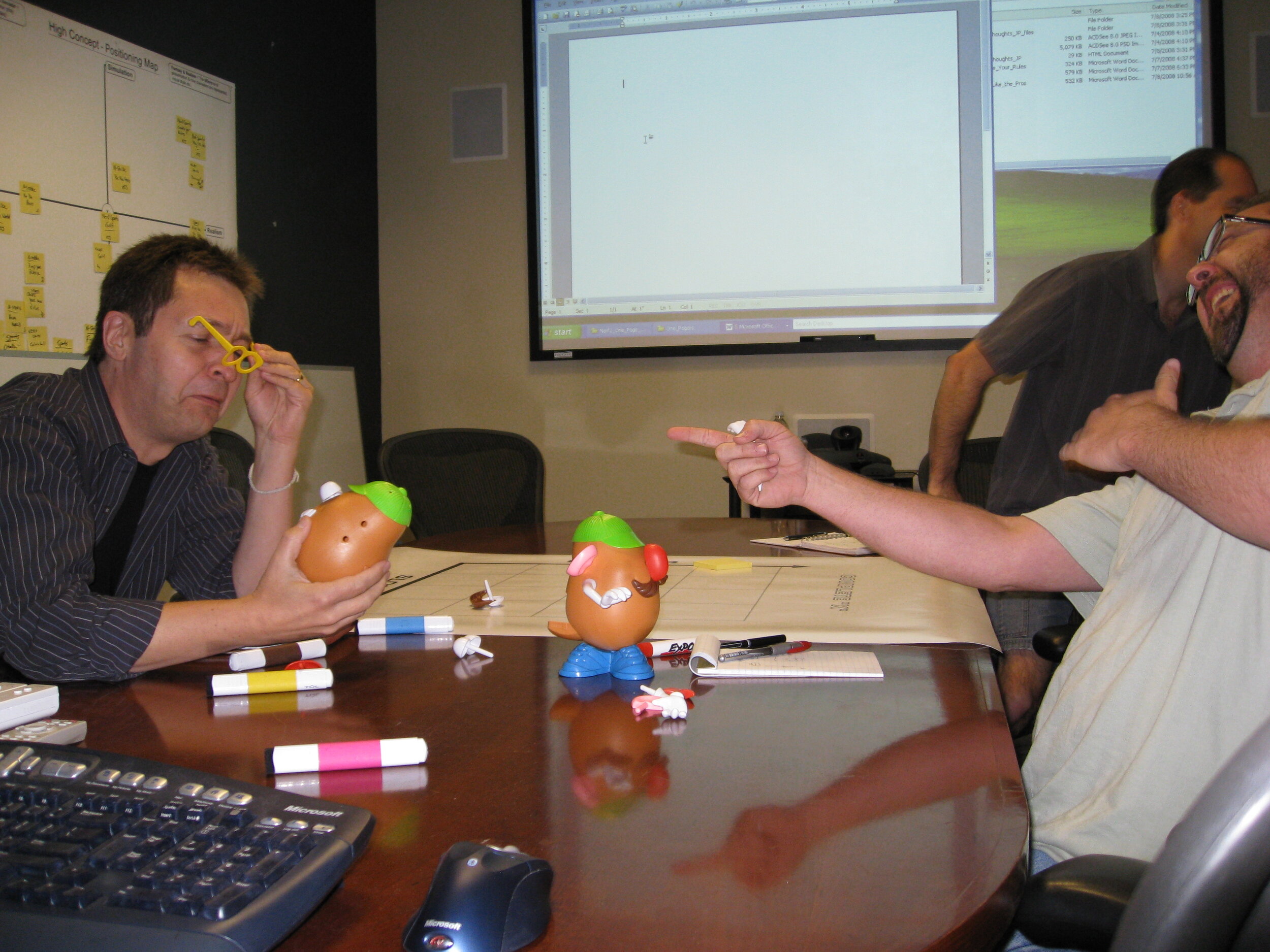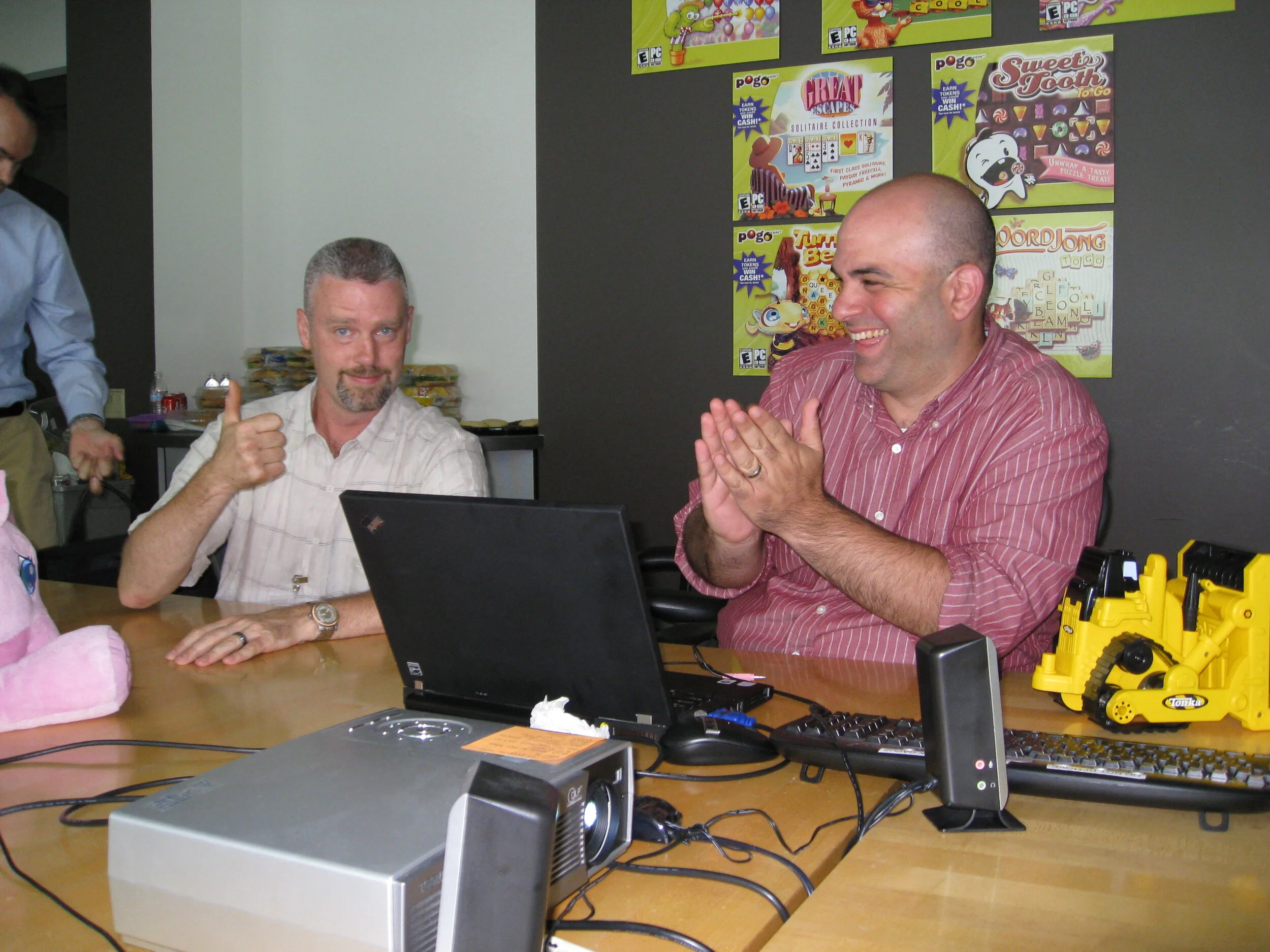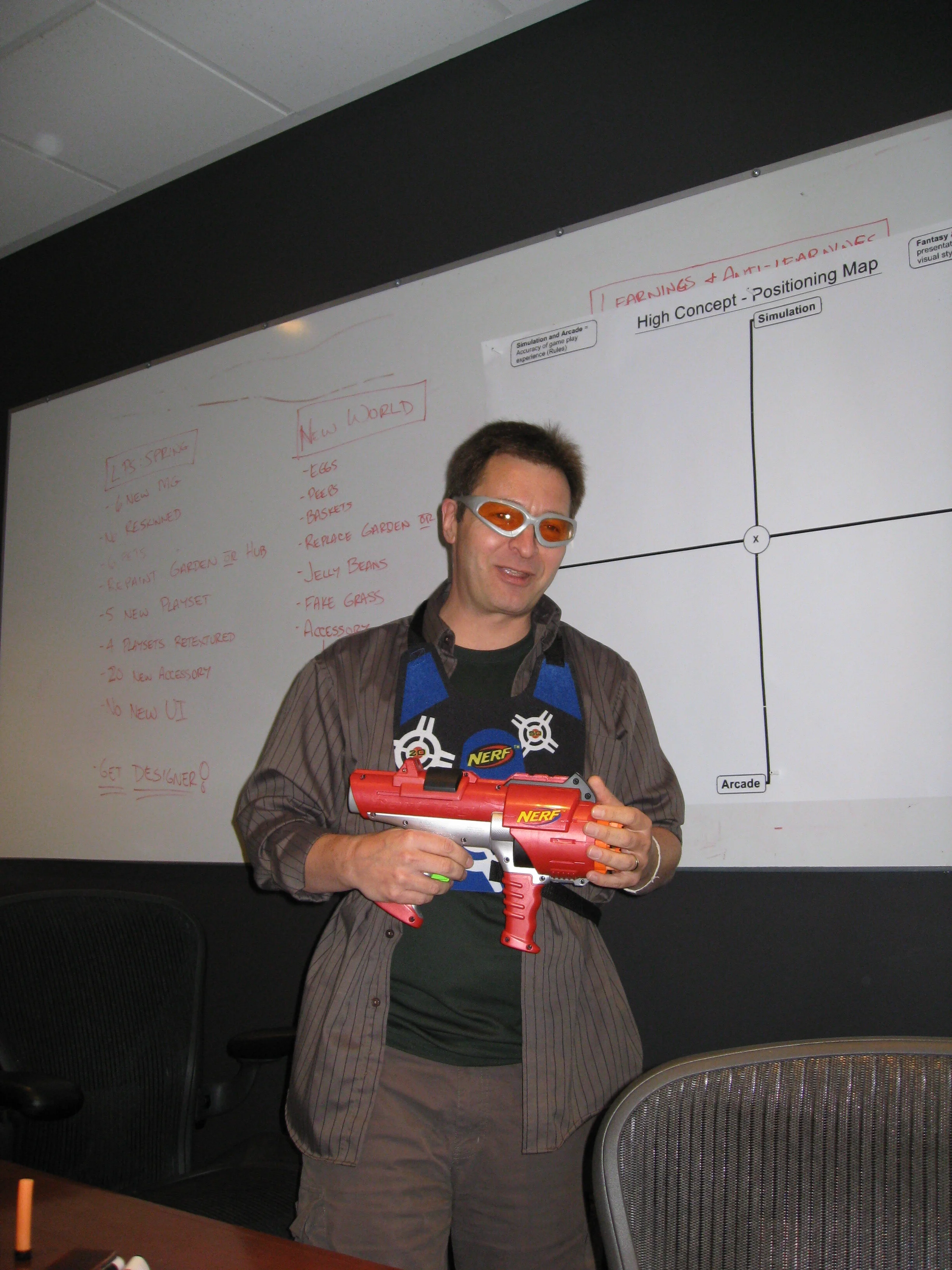A lot of my work at EA Salt Lake was related to EA’s strategic relationship with Hasbro. Our job was to help them take classic brands, many of which felt old and dated, and help bring them up to date. Together with Jeff Peters, we undertook an exercise to take all of the 120 brands and came up with possible digital opportunities for them all. Obviously some were bigger bets than others, but of course, there was no way EA was about to invest in such an undertaking. We had some excellent ideas, a few of which are outlined below.
Many of the games that were published, and which demonstrate remarkable IP innovation, can be found on this section on my website; Monopoly Hotels and Risk Factions are two personal favorites.
It was hard getting games greenlit at EA, even when Hasbro seemed to love them. Don’t get me wrong, I get that an EA-size company has more opportunities than it can reasonably go after and I didn’t expect them to agree to every idea that I got excited about, but I was told to keep finding new opportunities so I did! The Hasbro exec team at Redwood Shores would get excited about a new idea we pitched, and I would get a team at the Salt Lake studio fully engaged developing it. Of course the deadlines were short and the budget too small, but we found the motivation. 4 - 6 weeks later, the project would be cancelled, a new idea chosen and so we would restart this cycle. Not only was this a huge waste of money but it only took a couple of these for the teams at EASL to lose faith in the company. So instead of remaining on these demotivating start/stop cycles, I snapped us out of victim mode: if this is the way the decision making process works, let’s embrace it. I set about having the studio become best in class at rapid prototyping, making small teams each charged with picking an IP and then building a proof of concept in a 2 week period. The best ones would get worked on further and ultimately pitched to the company for further work. Rather than wait for a project to get cancelled, we set about expecting that and trying to get one through. It was an enormously creative time and motivating for teams to feel in control once again. A few of the ideas from the prototypes are below.
I want to stress that none of this work was ever approved for publishing by either EA or Hasbro, but are included as examples of the creative process in action - a “behind the scenes” at a game dev studio if you will.
One of our best ideas was mixing the IP together to make a concept we called ‘Toy Factory’ which was not greenlit for development. You can think of it like Kingdom Hearts but instead of Disney IP, it had Hasbro brands and IP.
